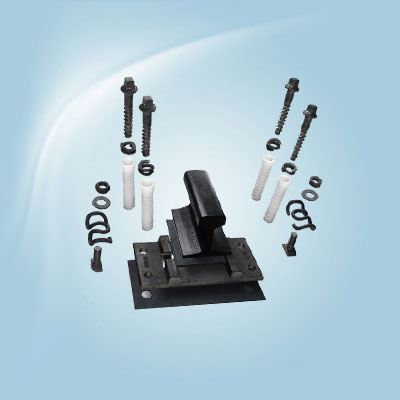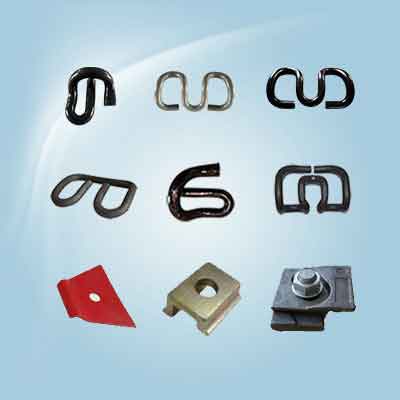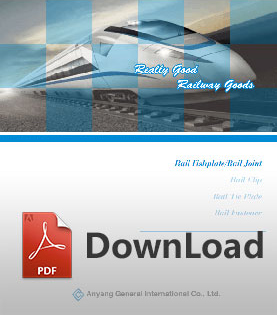Railway switch installation and maintenance

Railway switch is the vital component of railway track like railway fish plates. It is also the guarantee of the safe rail track operations. The friction and impact force between the turnout and the train wheel are very large, which cannot be avoided, but can be reinforced by some structural defects. If railway switch go wrong in the running, it will virtually give more pressure to railway track. For keeping railway switch in good conditions, installation and maintenance are two important works to do.
Railway switch installation requirements

In order to avoid some problems of railway switch, all steps must be strictly in accordance with the requirements. Specific as follows:
- Long point rail and short point rail of movable point frogs is processed and combined from 60AT rail. The long point rail is machined to standard 60kg / m rail section and is welded to the connecting rail, after the fork to form a curved end-to-end structure, which is bent and fitted with short pointed rail to form a tapered joint. Wing rail is made of standard 60kg/m steel rail. For the super long joint less line, adopt the long-wing rail program, the end of long-point rail is fixed by the filer and wing rail. In the common jointless rail, adopt short wing rail program.
- To prevent the impact of movable point frogs side grinding and the sticky with wing rail, set anti-friction rail protector on the sides.
- Elastic separatedⅡtype rail fastening system is the main fastenings for railway switch. This type of railway fastening system is fastened by the shoulder of tie plate and T type rail bolts.
- In the switch area, rail connection of straight rail adopt welding, only high manganese steel frog toe, the end use frozen or cemented joints, insulation joints is the cemented structure.
Common problems in railway switch maintenance

Railway switch maintenance is another element for railway track safety. Common problems for railway switch as below:
- Ignore the overall maintenance of the turnout, especially for the front and behind line of the turnout, resulting in turnout section is not smooth; when the train has the violent collision, direction and gauge changes.
- Laying location of the turnout is not correct, and the general direction hasn’t taken into consideration in the maintenance. Optional bending gradually makes the turnout and line direction does not match, so that the train has angle operation. The angle operation will increase the impact of the wheel on the track, witch have influence on the turnout position. Besides, gauge and the size between the intervals are different, caused the wear of the rail and its parts.
- The operating method is unreasonable. Moving the guide curve or frog wrongly during set the gauge and gaps among various parts of the turnout. So that offset distance and gauge is not matched, resulting in unsmooth connection.
- Stock rail didn’t bend or break point has wrong position.
- Tamping is finished in bad way. Due to the characteristics of the turnout in the structure, the switch, the guide curve and the frog part has intensive rail, fork pillow spacing is small. Bad tamping will make the track appear potholes, increased the swing and impact when the train passes through, also increase horizontal thrust and change the direction.
- Connections between each part of the rail and railway track components is not good, can also cause a series of diseases, such as the basic track traverse, gauge changes overrun, track crawling, parts wear damage, etc. these kinds of diseases can lead to the run-off rails.
- Rail Fasteners
- rail fastening system
- rail clip
- railroad spike
- Track bolt
- rail shoulders
- rail anchor
- rail clamp
- tie plate
- Rail Pad
- rail insulator
- rail plastic dowel
- other rail fasteners
- Railway Switch
- SKL series rail fastening system
- Chinese standard rail fastening system
- screw spikes
- Crane rail fastening system
- K type rail clip for Africa
- Hey-Back Rail Fastening
- rail fasteners for Mexican market
- Ss25 screw spike
- Ss35 rail sleeper screw spike
- Ss8 screw spike
- coach screw
- Crane Rail Clip
- Rail Joints (Fishplate)
- Steel Rail
- Railway Sleeper
 rail clip
rail clip
 rail joints
rail joints

 Español
Español English
English
